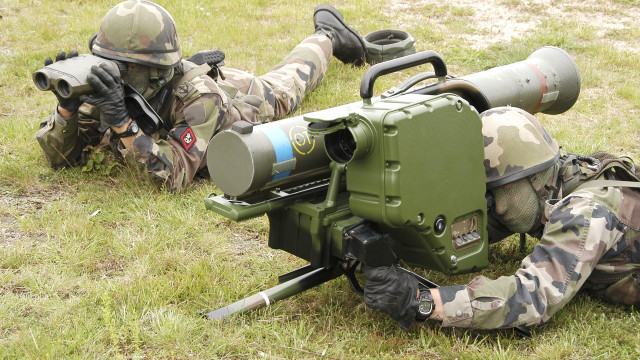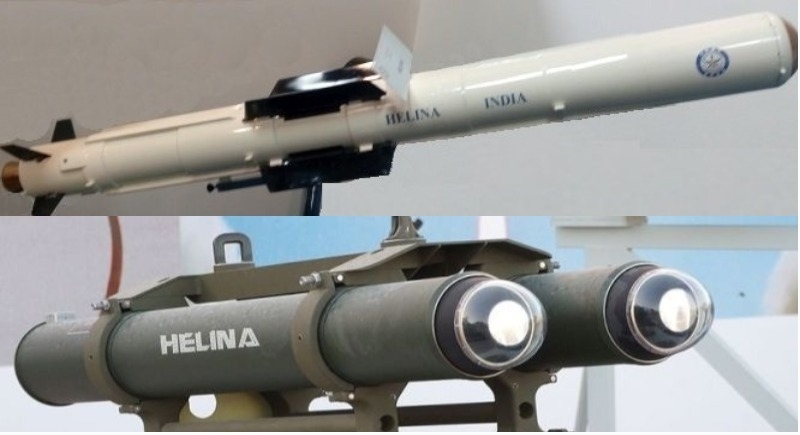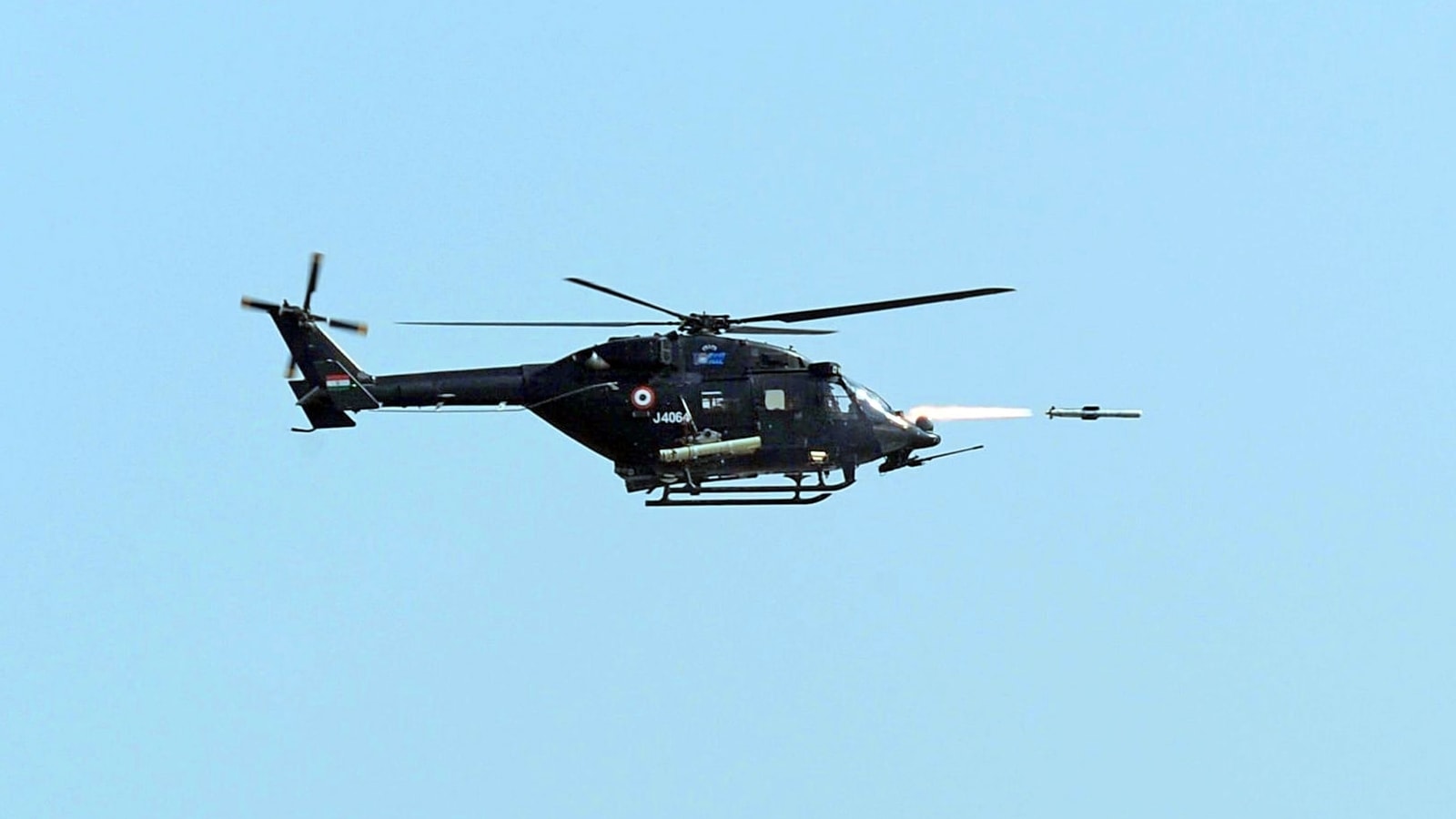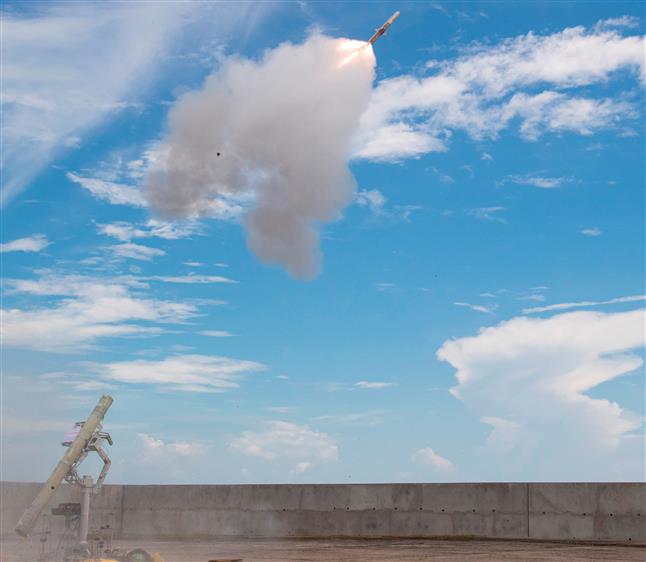India Army seeks domestic vendors for 3rd-generation anti-tank missile purchase
New Delhi: India’s infantry soldiers will soon get to deploy a third generation
Anti-Tank Guided Missile (ATGM) designed and developed by the domestic industry, as the army seeks to identify vendors to manufacture 2,330 missiles and 101 launchers, with six simulators for training purposes.
The
Indian Army has on Feb. 7 issued a
Expression of Interest (EOI) and sought responses from Indian vendors by Mar. 23 to indigenously design and develop the third-generation ATGM.
Justifying the search, the army has stated that the terrain along the borders lends itself to conduct of large scale mechanised operations and the belligerence of India’s adversaries on the borders necessitate that the capability of the infantry men are increased with the modern weapon.
At present, the infantry deploys a variety of
MILAN 2T ATGMS of European-origin and Russian-orign
KONKURS-M ATGMs, both of which are second generation systems and have been in service for more than three decades.
“These systems are deficient in advanced technologies, primarily, the guidance parameters and capability to fight both during day and night,” the EOI document seen by
Defence.Capital said. The proposed third generation ATGM will replace the MILAN and KONKURs in service with the Indian Army’s Parachute, Parachute (Special Forces) and Infantry battalions.
Only recently, India had
purchased the Israeli
Spike LR 4th Generation Missile from
Rafael Advanced Defense Systems Limited and carried out tests at Mhow, resulting in a wordy duel between the Israeli company and the
Defence Research and Development Organisation over a media statement on the test.
Globally, the armed forces have now equipped the infantry with third generation ATGM systems. In comparison with the Indian holdings, the third generation systems have better accuracy, enhanced lethality, a higher kill probability, day and night operation capability and ensure better survivability for the operating crew.
The objective of the Expression of Interest is to seek responses from eligible Indian vendors for development of prototype and future procurement of these third generation ATGM systems.
Obviously, the Indian Army aims to select as many
Development Agencies as possible under the ‘
Make-II‘ process of acquisition under the
Defence Procurement Procedure of 2016, as updated upto Nov. 1, 2019. The procurement category would be ‘
Buy Indigenously Designed, Developed and Manufactured‘ with 60 per cent indigenous content in the end product.
At the prototype development stage, to be delivered within two years, the Development Agency will supply one launcher, six missiles including two with warheads and one simulator system. At the procurement stage, the need will be 101 launchers, 2330 missiles with warhead and six simulator systems. If the development agency is to collaborate with a foreign vendor, then it must be stated clearly in the responses to the EOI.
“The weapon system is required for anti-tank and anti-structure engagements in conventional operations. A third generation ATGM system will enhance the potential of infantry to counter mechanised threat in select sectors and also employment in anti-structure roles,” the EOI document said.
“Induction of the third generation ATGM capability will augment anti-tank deterrence against armour threat on defensive positions and strengthen the anti-tank potential of infantry battalion on mechanised offensive operations.”
An appropriate engineering support package will be required for repair and maintenance of the equipment including spares, special test equipment, special maintenance tool, training, and technical literature to include user hand book, preservation instructions, complete equipment schedule, repair manual and technical manuals.
These will be provided with the equipment during the procurement phase. Details will be amplified in the commercial Request for Proposals to be issued to selected Development Agencies.
The so developed ATGMs must be suitable for employment in various terrains both day and night, with an effective 2.5-km range and having a hit probability not less than 90 per cent. Direct attack must be minimum achievable, but not more than 200 metres, while top attack is minimum achievable, but nor more than 800 metres. The missile must be compatible with both HEAT and tandem warheads, have an active/passive guidance system with lock-on before launch.
The Indian Army expects an accuracy and effectiveness against intended targets of altitudes up to 3,000 metre, with fire-and-forget, direct attack and top attack capability. The weapon system must be capable of launch from a vehicle and a ground-based platform and should include launcher systems with tripod, four missiles and day and night sighting systems to be equitably distributed among three crew members.
The expected minimum penetration to be achieved would be 600mm of Rolled Homogeneous Armour beyond Explosive Reactive Armour. The system should be capable of firing mode from man-pack condition in less than five minutes and be capable of firing a second missile within two minutes of launch of the first missile. The missile must have soft launch capability with smokeless propellant.
The missile should weigh not more than 15 kg and the launcher should weigh not more than 15 kg along with CLU battery, tripod and sighting systems.
Photo: European MBDA’s Milan ER Anti-Tank Guided Missile. By N. C. Bipindra New Delhi: India’s infantry soldiers will soon get to deploy a third generation Anti-Tank Guided Missile (ATG…

defence.capital









